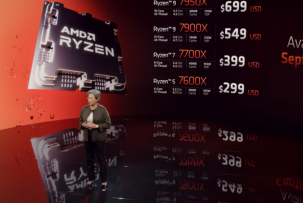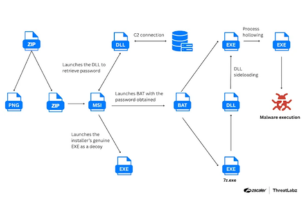Starling from IBM: A New Generation Quantum Computer Will Be Available by 2028
15:10, 12.06.2025
IBM has officially announced plans to create a new generation quantum computer called Starling by 2028, which promises to surpass all existing competitors in terms of power and reliability. The main feature of the device is a built-in error correction system that will allow quantum algorithms to work stably and predictably. Access to the system is planned via the cloud.
Starling Architecture: Modularity, Scale, and Fault Tolerance
The new quantum computer will be built using a modular architecture that combines dozens of chips into a single system within a data center in Poughkeepsie, New York. This approach will not only increase the number of qubits but also ensure stable operation by distributing computations and correcting errors in real time.
Quantum computers work with qubits — quantum analogues that can be in a state of superposition (0 and 1 simultaneously). This offers incredible possibilities, but makes the system extremely vulnerable to interference. An error in one qubit can disrupt the state of neighbouring qubits, causing the quantum algorithm to “blur” and become unpredictable. This limits the practical application of quantum machines for tasks such as molecular modeling or logistics optimization.
What will Starling be Capable of?
IBM claims that Starling will be capable of processing up to 100 million logical operations with high accuracy, while current quantum computers are limited to a few thousand such operations. To achieve this, the system will use about 200 logical qubits built on the company's own chips.
Starling will be the first machine capable of confidently solving problems that are beyond the reach of even the most powerful classical supercomputers.


